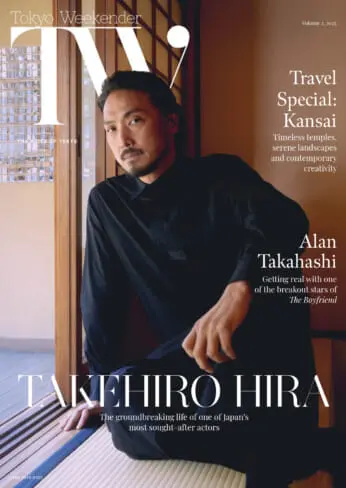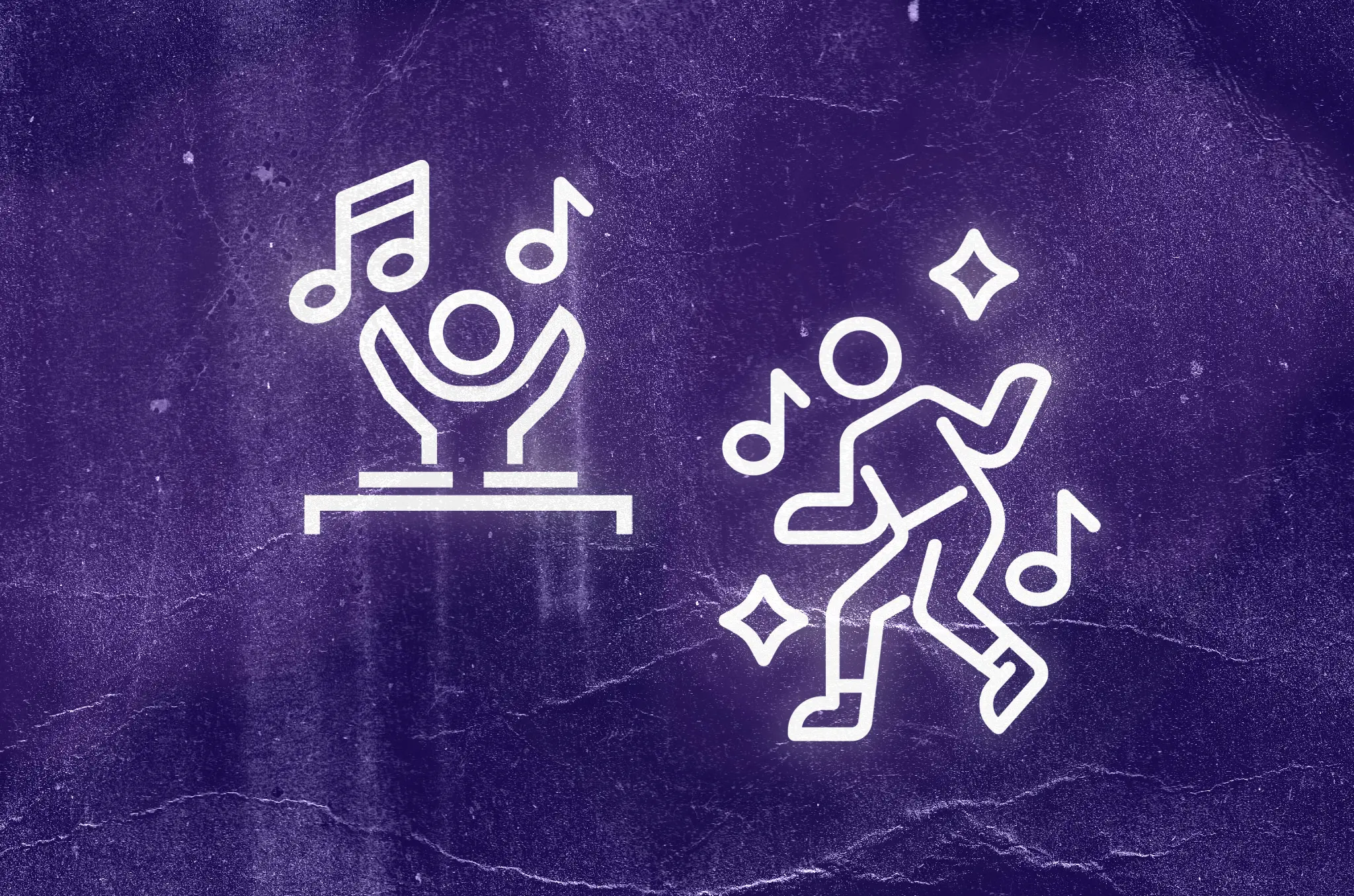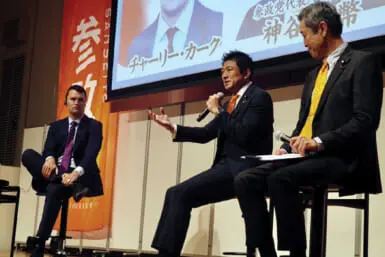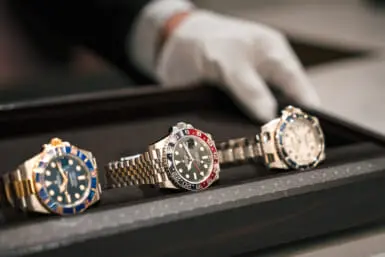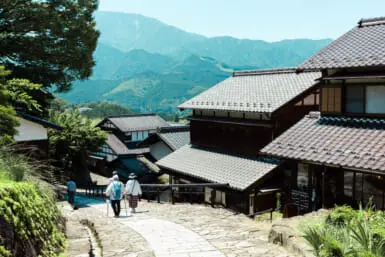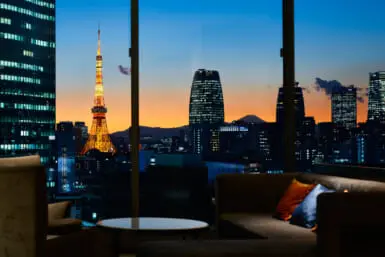If you’re heading out to have a good time, listen to some cool music and dance a lot, read on. Here’s our lowdown on clubbing in Japan.
Before You Go Clubbing
Before you even step foot in a taxi or on a train, it’s important to check what type of club you’re going to. Does it have a dress code? Is it cash only? Asking yourself these questions prior to heading out will save you time, and maybe some embarrassment.
If there’s a dress code, you can bet that people will stick to it. The bouncers in Japan can be pretty ruthless, so don’t turn up with a pair of scruffy sneakers. On the other hand, if it’s the sort of club without a dress code, a lot of the time people will be dressed down in simple T-shirts and comfortable clothes. After all, it isn’t Love Island, so dress to dance, not to show off.
What To Bring
ID
In many clubs, they will check your identification, so make sure that you bring something with your face and your date of birth on it. If you’re a resident, your resident card is fine. Otherwise, driving licenses and passports are good.
In Japan, the legal age to go clubbing is 20. If you’re under 20, look out for a day party in the area, as some clubs will let you in before 9 p.m.
Coins for the Lockers
Most clubs will have lockers for you to dump things in. They usually accept ¥100 coins.
Earplugs
Unfortunately, many clubs in Japan don’t offer earplugs, so it’s advisable to bring your own if you want them.
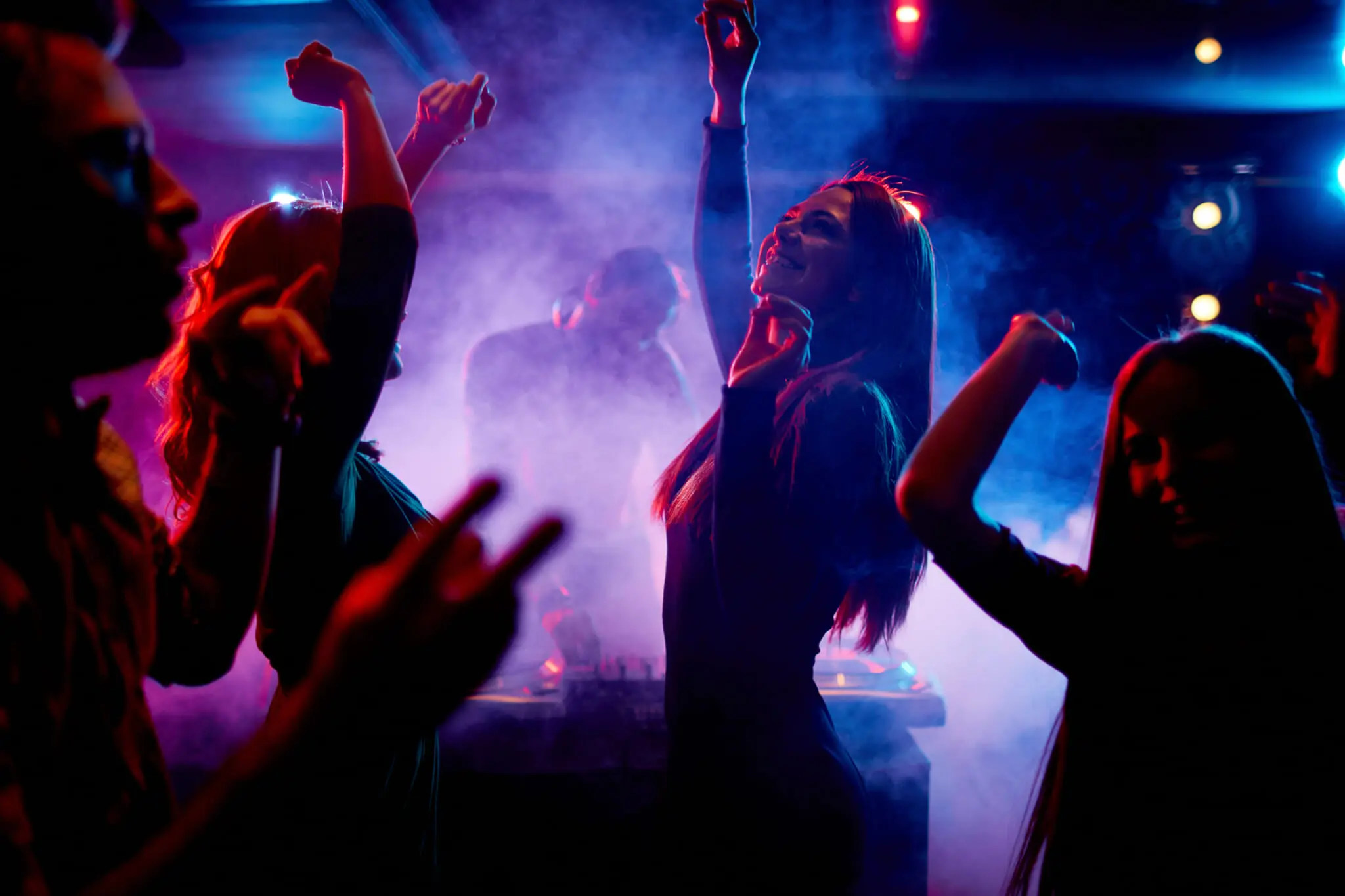
In Da Club
There are spoken and unspoken rules inside the club, too.
Lining Up
Whether it’s a line for the toilet or one for the bar, be sure not to push in. Maybe you can make a friend while you’re waiting.
Drinking
If you want to sample local specialties, there are a few we recommend.
- Lemon Sour: A mixture of Korean shochu alcohol and lemon juice, topped with soda.
- Highball: Until recently seen as an old man’s drink, the highball (whiskey soda) is making a comeback.
- Oolong Tea: Iced oolong is a great non-alcoholic drink as it isn’t too sugary.
On The Dance Floor
Be nice. Likely there will be plenty of space to dance. Be aware of the people around you and pay attention to what’s going on.
The floor is for dancing, not standing. If you’re standing still in the middle of the dance floor in a group, chatting and laughing, then you should not be there. Head to the bar, and that way, not only will you leave the floor open for people who actually want to dance, but you’ll probably save your throat from having to shout over the loud music.
Safety and Care
If you get into trouble, speak to a member of staff. Chances are they’ll be able to speak a little English. Many clubs have a sexual harassment policy (and you can check this before you go as well).
Water: In countries such as the U.K. and Australia, water is legally free at the bar (although some places charge a glass fee), however this isn’t the case in Japan.
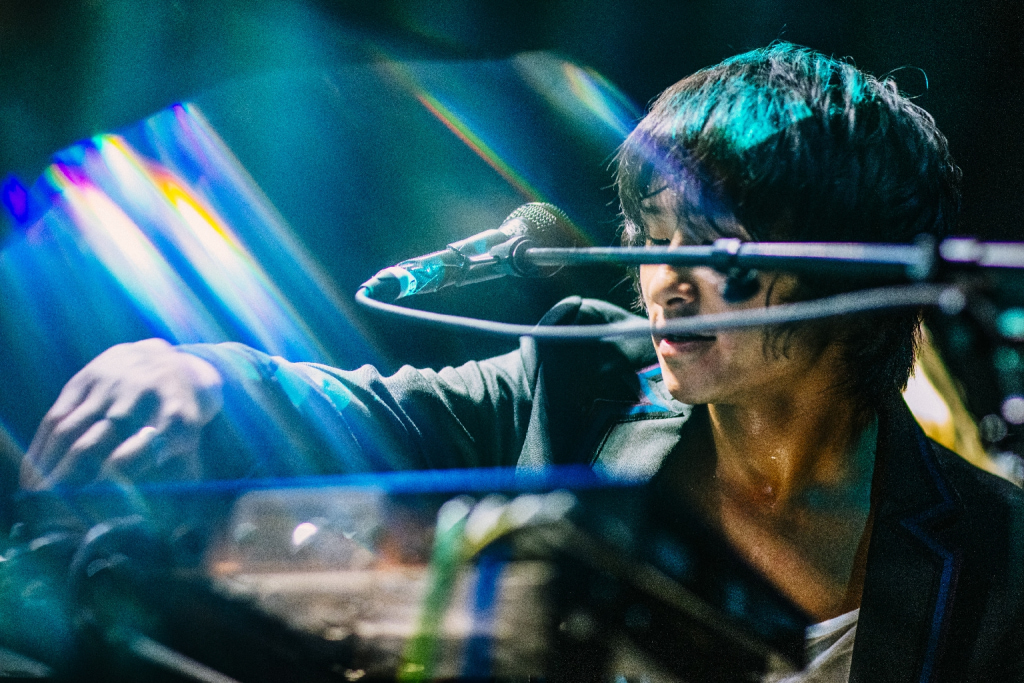
Bonus Points
In It for the Long Haul
In Japan, taxis can be expensive and spending the night in Saizeriya or doing karaoke until the first trains are running is really a last resort option. I don’t care what anyone says, people who actually go clubbing do not willingly end up at karaoke except in very exceptional circumstances. Check your train times and make sure to pace yourself.
